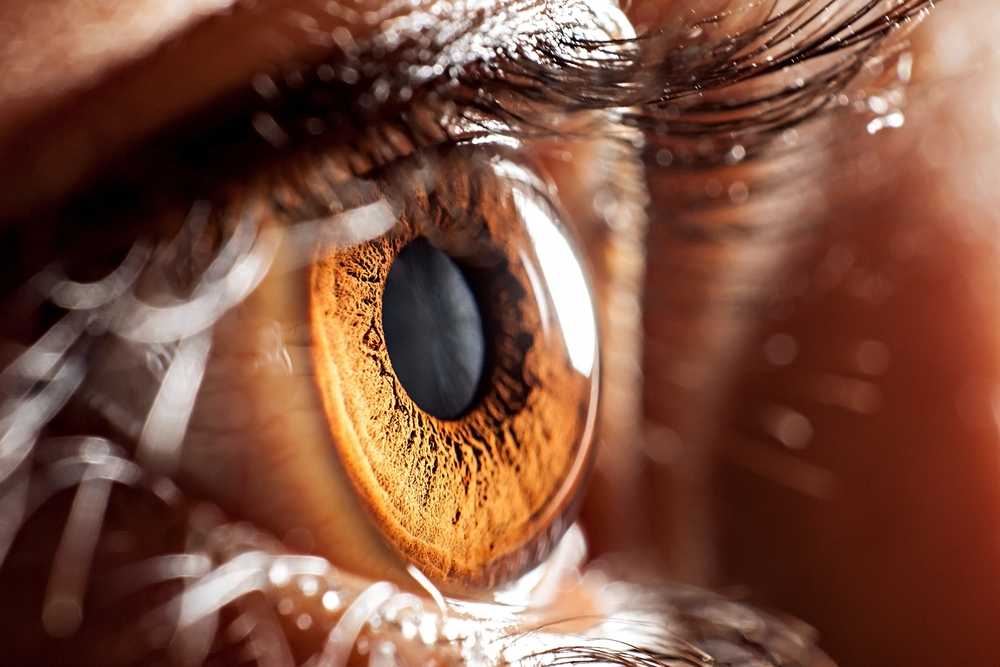Worsening of Untreated Retinal Detachment in Boy with Gaucher Type 3 Described in Case Report

A new case report describes a 14-year old boy diagnosed with Gaucher disease (GD) type 3 with retinal detachment in his right eye that worsened rapidly without treatment.
The report, “Retinal detachment in a boy with Gaucher disease,” appeared in the International Journal of Ophtalmology.
A team from Second Xiangya Hospital of Central South University in China described the case of a boy who first went to the hospital with complaints of blurred vision in both eyes for two weeks. His medical history showed that, at 6 years old, he had undergone a splenectomy, or surgical removal of the spleen, due to enlargement.
His best-corrected visual acuity had worsened in both eyes over the previous two years. Vitreous opacities, or floaters (particularly dark spots or lines) in the field of vision — one of the most common ocular symptoms of Gaucher — were also observed on examination.
Of note, previous studies reported that vitreous opacities were more likely in Gaucher patients who had a splenectomy, although they have also been found in patients who did not require this surgery, the researchers observed.
The boy did not have inflammatory cells in the vitreous bodies. The clinicians then found moderate to dense whitish vitreous dots of varying size in the overlying optic discs — the site where ganglion cell nerve fibers accumulate and exit the eye — and vessels and vitreous bodies in the posterior (back) segment of both eyes. These alterations were also observed in the posterior capsule of the lens (a component of the eye’s globe), particularly in the right eye.
A B-scan — a type of eye examination providing a 2D cross-sectional view of the eye and orbit — then showed vitreous opacity in both eyes as well as retinal detachment in the right eye. A procedure called fluorescein angiography further revealed that the eye’s blood vessels were markedly distorted and twisted.
These manifestations led to high suspicion of GD type 3, which was confirmed when Gaucher cells were found in a bone marrow sample, along with a mutation — p.Leu483Pro — in both copies of the GBA gene. The boy refused to receive any treatment, including surgery for his retinal detachment.
Ten months later, his whitish dots increased significantly, the retinal detachment worsened significantly in both eyes, and new blood vessels — associated with vision loss in several ocular diseases — appeared in the right retina.
“This is the first case report that such severe vitreous opacities with retinal detachment in GD which can progressively lead to permanent loss of vision without treatment,” the scientists wrote.
“Surgery-dominated treatments are essential, which can prolong and reserve the patients’ remaining visual acuity,” they concluded.



